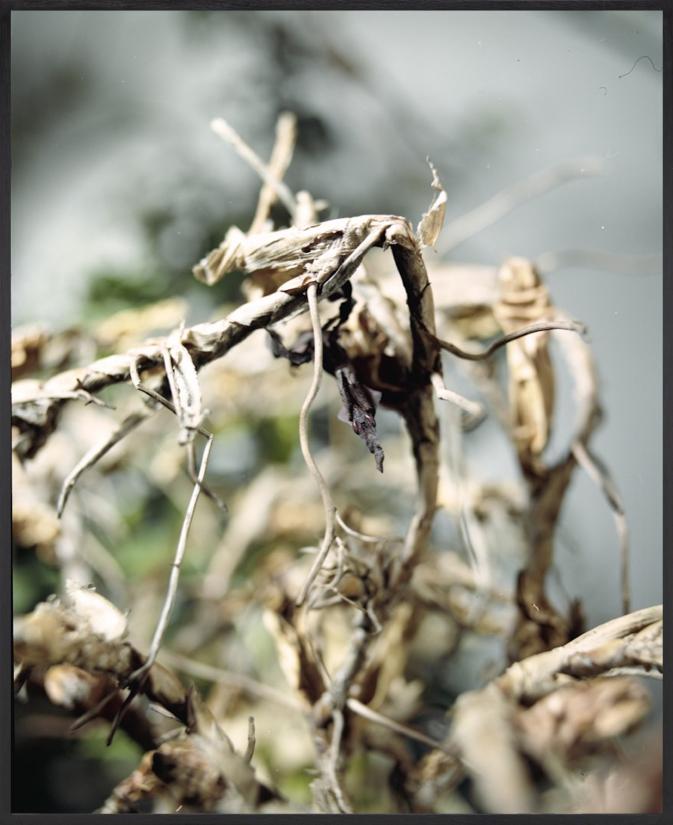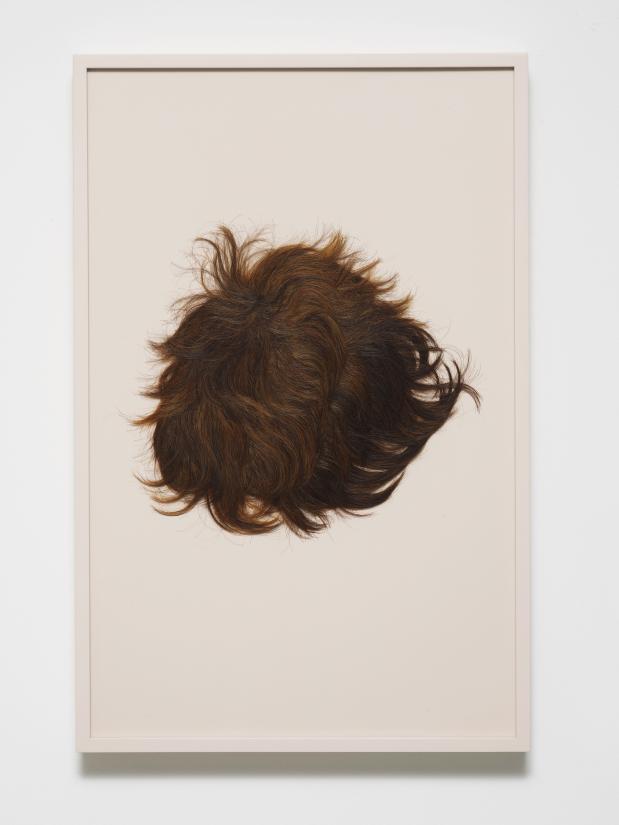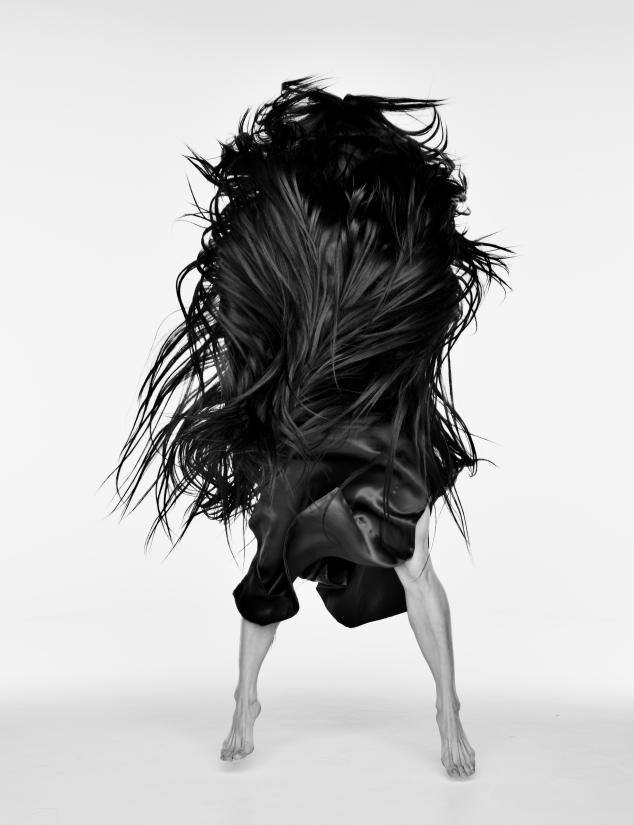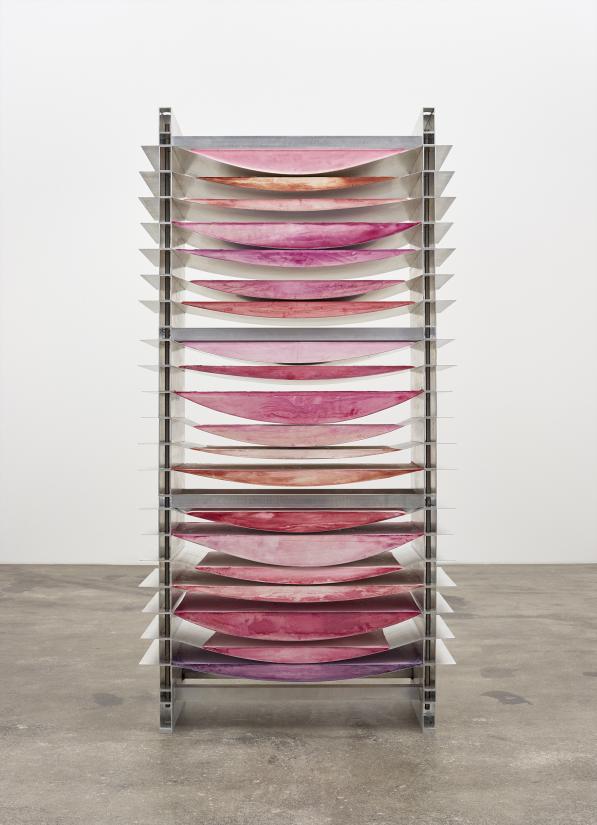ARoS strengthens its representation of Danish artists with 15 works of art by Sif Itona Westerberg, Joachim Koester, Eva Koch, Lilibeth Guenca Rasmussen, Nina Beier and Tove Storch. The pieces vary in materials and expression, but they all address some of the most significant current trends and developments in contemporary art.
Myths revisited
In Greek mythology Dionysus was the god of wine and ecstasy, and throughout ancient Greece the cult of Dionysus was associated with wild parties, dancing and orgies. Sif Itona Westerberg’s suite House of Dionysus consists of meticulously carved stone reliefs celebrating the Greek god. To Itona Westerberg, the naked, bending, dancing, drinking stone bodies represent a loss of control and humanity’s deep connectedness with nature. For example, House of Dionysus (III) shows a woman’s hair becoming entwined with the leaves of a large sprouting plant. The images are hand-carved in materials bought at a standard DIY centre. The contrast between the mythological topic and the mass-produced industrial materials invites us to reflect on the place of mankind’s suppressed sides in a modern rational world.
The same question is urgently raised in Joachim Koester’s photographs of the mysterious praying mantis, an insect known for its bizarre practice of cannibalism where the female eats the male after mating, starting with the head. In Ghost Mantis the insect appears ghost-like among the many leaves and twigs. Despite the alien character of its physical features, something about it is disturbingly anthropomorphic, reminding us of the darker sides of humanity.
Study of human hair
Nina Beier often stages found everyday objects in new and unfamiliar contexts, as she does with these framed wigs made of human hair. Human hair has multiple layers of meaning, but Beier’s works zoom in on the raw material by removing hair from its cultural context and putting it on display behind glass. As a material, human hair for wigs is a sort of commodity: a crop that is grown on the heads of people in the poorest parts of the world and subsequently turned into products that are sold throughout the world. Thus, Beier’s artworks examine the role and production of wigs and helps us understand it in a new light.
In Lilibeth Cuenca Rasmussen’s self-staging photographs, hair plays a key role as a marker of gender and identity, based on Afghan culture. However, in Cuenca Rasmussen’s works, hair is not associated with one specific gender. Instead, it is a vehicle of transformation, Cuenca Rasmussen’s hair costume enables her to move between genders and identities.








